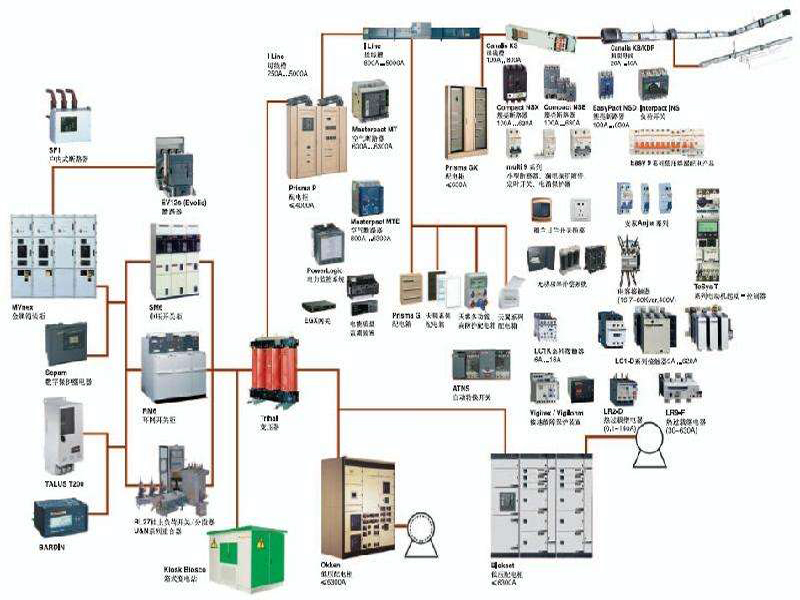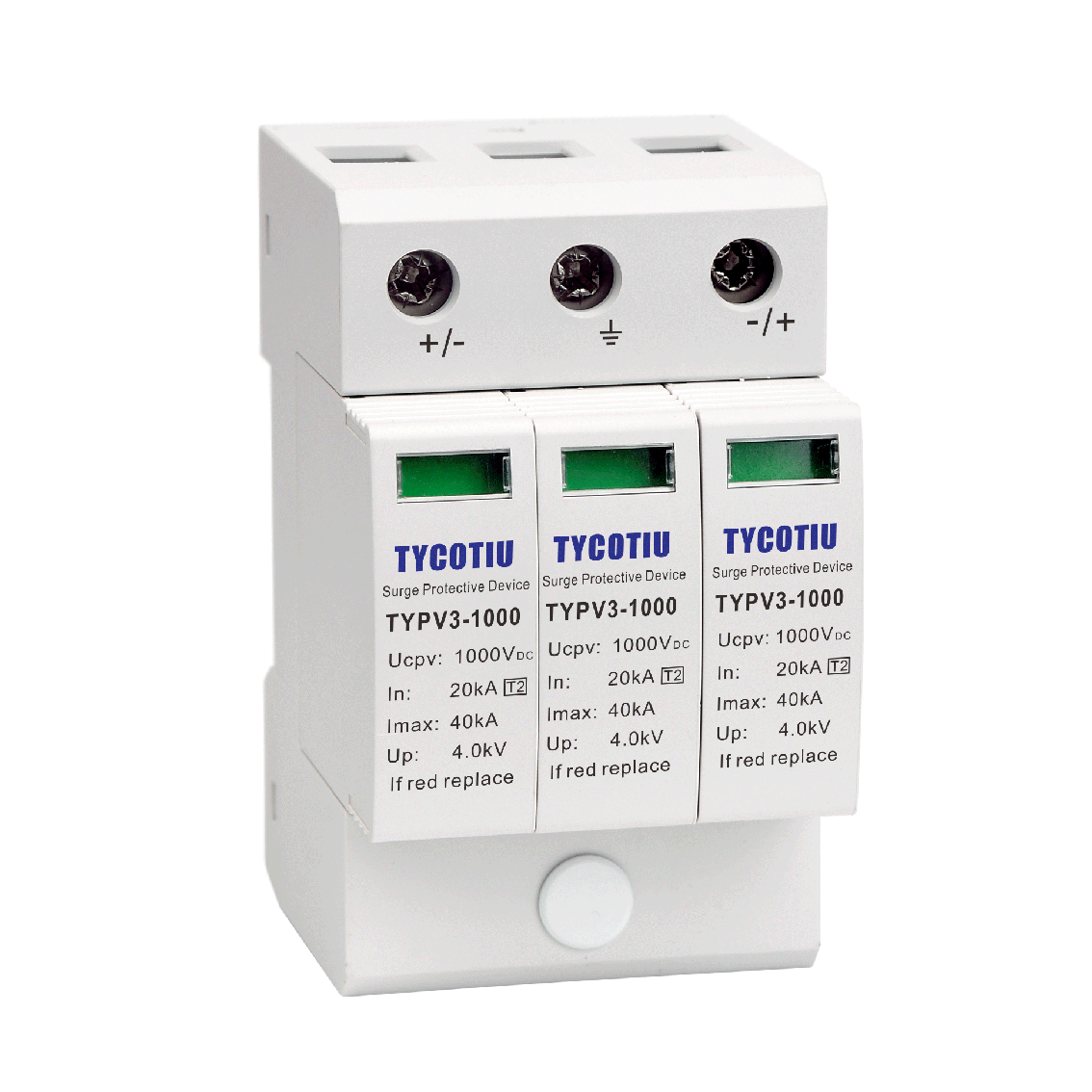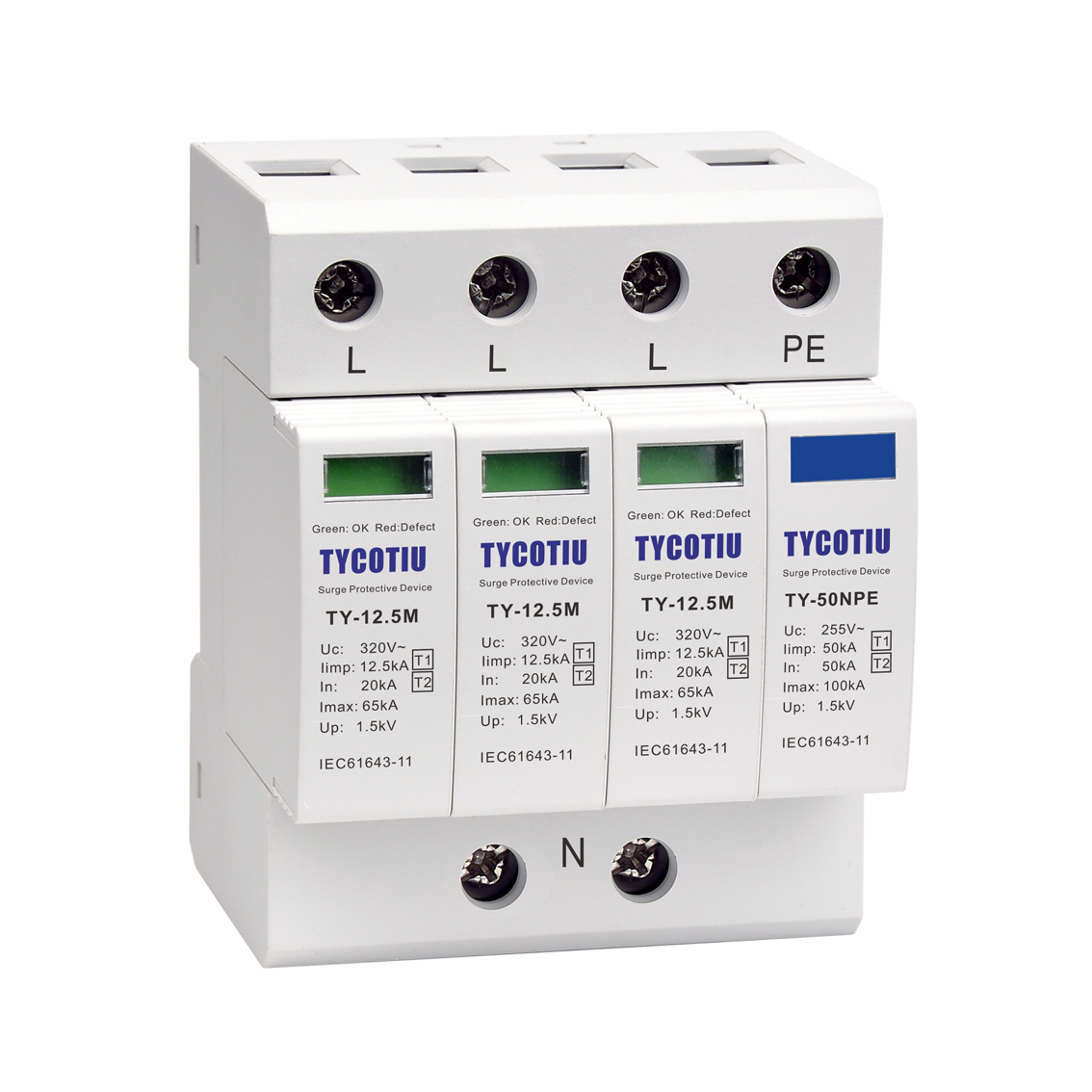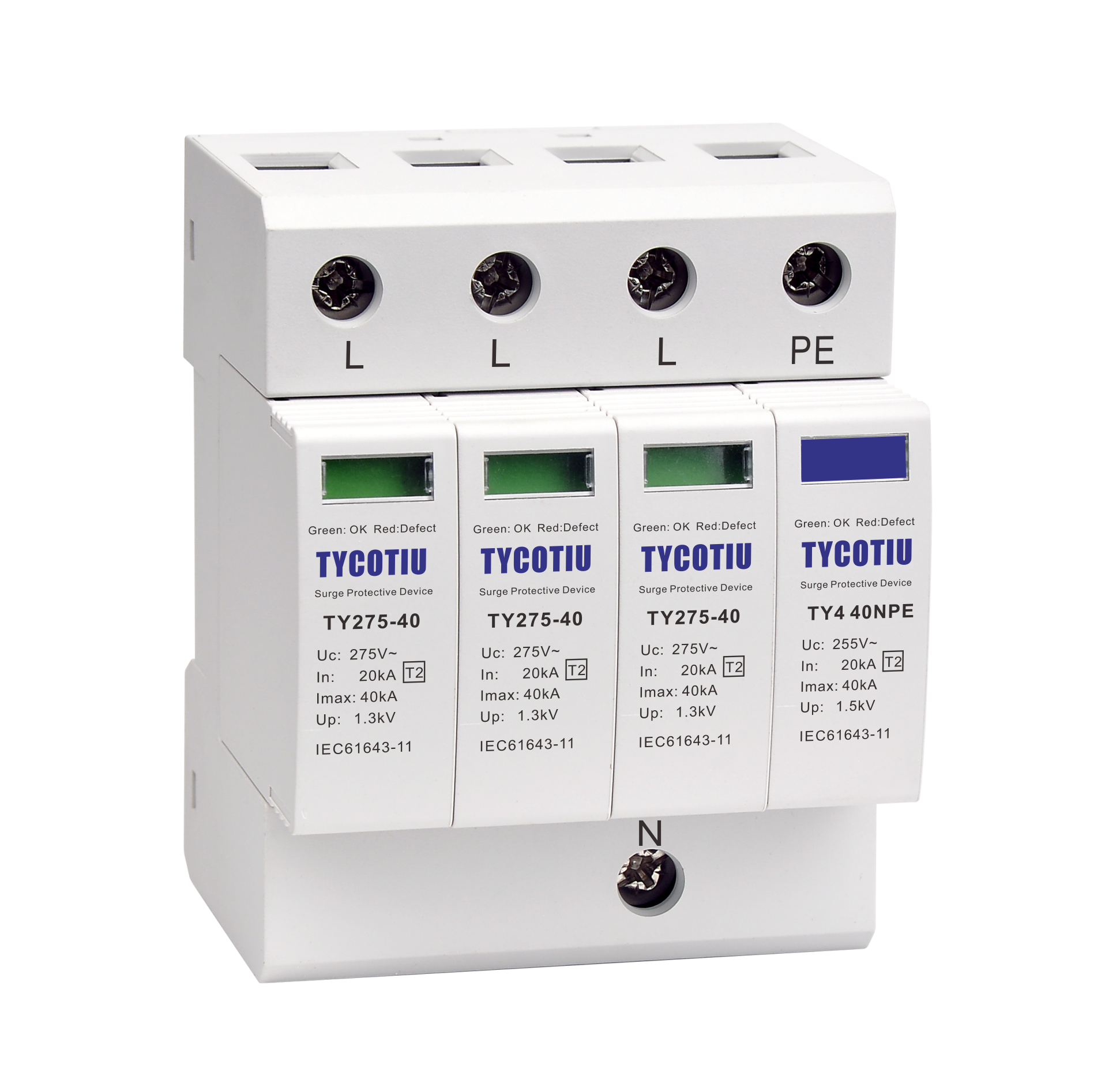Direct lightning strike
Direct lightning strike refers to the physical phenomenon that the thundercloud discharges directly to the ground. If the ground is directly struck by lightning, a large instantaneous current will be generated at the location of the lightning strike. If the lightning current cannot be released in time, the object struck by the lightning will generate a lot of heat instantly, causing the object to expand, melt, burn, explode and other damage. Typically, buildings must consider the hazards of direct lightning strikes.
Lightning electrostatic induction
Lightning induction means that when a charged thundercloud appears in the sky, metal lines, metal objects, etc. under the thundercloud to take on an electric charge opposite to that of a thundercloud by electrostatic induction. When a lightning strike occurs, the thundercloud charge quickly disappears through the lightning strike. The induced charge on the metal line propagates along the line, causing transient overvoltage at the line port of the device. If the induced charge on the metal object cannot disappear in time, there will be an external discharge phenomenon, which will form a spark.
Lightning electromagnetic pulse
Lightning electromagnetic pulse refers to the instantaneous formation of a lightning electromagnetic field in the area where the lightning strike occurs due to the extremely large peak value and speed of the lightning current. Under the action of the changing lightning electromagnetic field, metal lines in the area induce instantaneous lightning current. If the lightning current penetrates into the power supply line and communication line, transient overvoltage may occur on the device's line port.
Lightning protection of low-voltage power distribution system is to prevent the low-voltage power distribution system from introducing lightning current from lines outside the building.
Basic lightning protection measures
For low-voltage power distribution systems, the commonly used arrester models and parameters are as follows:
Class I three-phase power SPD (for TN-S system)
Model: TY-25GR 4P
Max. continuous operating voltage: 275V~
Lightning impulse current: 25kA (10/350μs)
Nominal discharge current: 25kA (8/20μs)
Max. discharge current: 100kA (8/20μs)
Main function: installed in the main power distribution cabinet, as the first-level lightning protection of the power line.
Class I three-phase power SPD (for TN-C system)
Model: TY-25GR 3P
Max. continuous operating voltage: 275V~
Lightning impulse current: 25kA (10/350μs)
Nominal discharge current: 25kA (8/20μs)
Max. discharge current: 100kA (8/20μs)
Main function: installed in the main power distribution cabinet, as the first-level lightning protection of the power line.
Class I three-phase power SPD (for TT system)
Model: TY-25GR 3P+NPE
Max. Continuous operating voltage: 275V~
Lightning impulse current: 25Ka/50kA (10/350μs)
Nominal discharge current: 25kA/50kA (8/20μs)
Max. discharge current: 100kA (8/20μs)
Main function: installed in the main power distribution cabinet, as the first-level lightning protection of the power line.
Class II three-phase power SPD (for TN-S or TN-C-S systems)
Model: TY-40 4P
Max. continuous operating voltage: 275V~
Nominal discharge current: 20kA (8/20μs)
Max. discharge current: 40kA (8/20μs)
Main function: installed in the sub-power distribution box, as the second-level lightning protection of the power line.
Class II three-phase power SPD (for TT system)
Model: TY-40 3P+NPE
Max. continuous operating voltage: 275V~
Nominal discharge current: 20kA (8/20μs)
Max. discharge current: 40kA (8/20μs)
Main function: installed in the sub-power distribution box, as the second-level lightning protection of the power line.
The lightning protection of the low-voltage power distribution system is as follows:
The main power distribution cabinet of the building is installed with a Class I power SPD as the first-level lightning protection of the power line.
The secondary power distribution cabinet (box) of the building is installed with a Class II power SPD as the second-level lightning protection of the power line.
The tertiary power distribution cabinet (box) of the building is installed with a Class II power SPD as the third-level lightning protection of the power line.
For important equipment ports, install Class III power SPD as terminal-level lightning protection for power lines.






